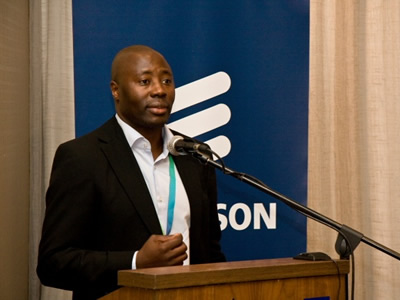2011 was an exciting year for the arrival of new technologies in Africa. Good news, indeed, since the excitement’s trickle-down effect can encourage innovation and, in turn, improve quality of life. Still, the arrival of LTE means the mobile technology gap is widening as 2G continues to be the most commonly used mobile technology in Africa.
Despite the hope that six African markets could have LTE service by the end of 2012, most will not. In fact, as of mid-2011, 21 African nations lacked 3G coverage (mostly Central Africa and parts of West Africa). Many of these nations will have 3G service in urban areas before the year is out, but 3G is still not in sight for Guinea-Bissau, Guinea, Central African Republic, Eritrea, Somalia, to name a few.
Even nations with 3G service boast relatively few Internet users. A recent national survey in Nigeria found that more than 95% of Nigerians have no Internet access and no region could boast more than 17% of its population with access.
Smartphones still cost at least $50 and service charges put 3G out of reach for most, even if the service is technically available. LTE, therefore, will be out of reach for 99.9% of Africans (maybe 98% in South Africa). Although new technology carries certain benefits, it’s detrimental to become obsessed with the latest craze. Instead, most regions would benefits from focusing on enhancing 2G service – now considered the bread-and-butter of the telecommunications world. 2G requires less investment, devices and service plans are cheaper for consumers, and governments already allow for the spectrum. The most beneficial mobile services – health, payments, and text messaging – can run just fine on 2G bandwidth. Most importantly, 2G is far more useful than nothing at all.
![]()




































